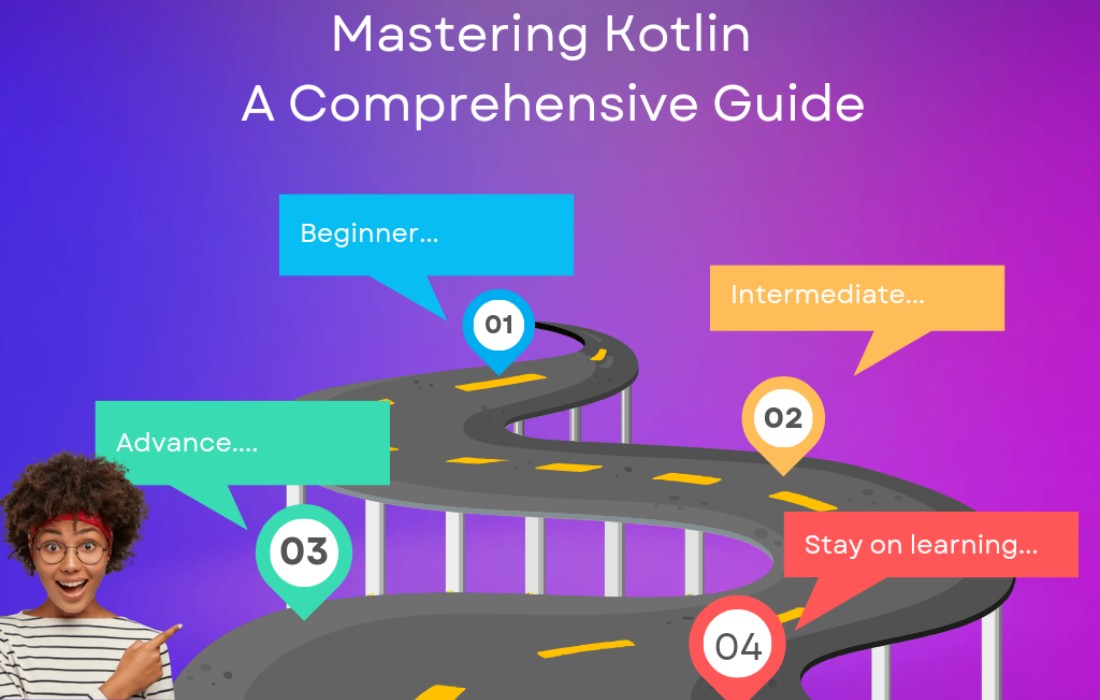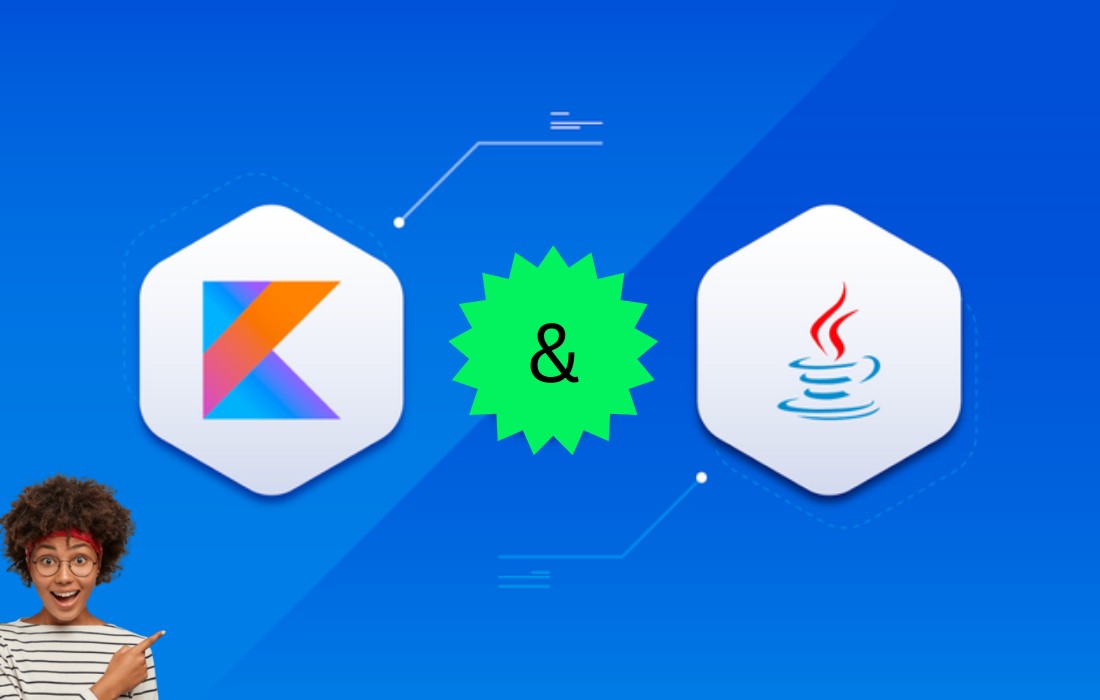Introduction to Kotlin Data Classes
Kotlin has grown in popularity, particularly in Android app development, due to its concise syntax and powerful features. One of the standout features is Data Classes, which aim to simplify the creation of immutable objects. Kotlin eliminates much of the boilerplate code required in Java, making it easier for developers to focus on the essential functionality.
In this blog, we’ll explore Kotlin’s data classes, how to declare them, what they offer, and some of their limitations.
What are Data Classes in Kotlin?
A data class in Kotlin is a class that automatically generates common functionality for immutable objects, such as equals(), hashCode(), toString(), and copy(). These are features you would normally have to manually implement in Java. The Kotlin data class simplifies this process and helps developers write cleaner code.
Declaring a Data Class
The syntax to declare a data class in Kotlin is simple. You just add the data keyword before the class declaration. Here’s an example:
In this example:
- The class
Animalhas two properties:speciesandageInYears. - Both properties are declared as
val, meaning they are immutable (cannot be changed after initialization).
Kotlin automatically generates several methods for this class, saving you from having to write repetitive code.
What You Get with a Data Class
When you declare a data class, Kotlin automatically generates the following methods for you:
- equals(): Compares the properties of two instances to check if they are equal.
- hashCode(): Generates a hash code used in hash-based collections like
HashSetandHashMap. - toString(): Provides a string representation of the object, which is useful for debugging.
- copy(): Creates a copy of the data class instance, with the ability to change some properties.
Example of Generated Methods
Let’s break down the equivalent Java code for the Animal data class:
Kotlin generates similar methods, but it is much simpler and more concise.
The copy() Function
One of the most useful features of data classes in Kotlin is the copy() method. This function creates a copy of the data class instance with the ability to modify any properties. Here’s how it works:
Output:
In this example:
- We create an instance of
Animalcalledcritter. - Using the
copy()method, we create a new instance calledyoungerCritter, where only theageInYearsproperty is changed.
This makes it easier to work with immutable objects since you don’t need to manually recreate a new object and copy properties one by one.
What You Lose with Data Classes
While Kotlin’s data classes are very convenient, they do have some limitations:
- No Inheritance: Data classes cannot be extended (i.e., you cannot create subclasses of a data class). This ensures that the generated
equals()andhashCode()methods remain valid. - Cannot Be Abstract: Since data classes cannot be inherited, they also cannot be abstract.
- Limited Properties for Generated Methods: Only the properties defined in the primary constructor are considered for methods like
equals(),hashCode(), andcopy(). Any additional properties declared within the body of the class are ignored.
Using Data Classes with Other Properties
If you want to include additional properties in a data class, you can do so, but remember that they won’t be included in the auto-generated methods.
In this case, isFriendly, isHungry, and isCommonlySeenFlyingInTornadoes are not considered by the equals() or copy() methods.
Conclusion
Kotlin’s data classes provide an excellent way to work with immutable objects. By automatically generating essential methods like equals(), hashCode(), toString(), and copy(), Kotlin saves developers from having to write repetitive and error-prone code. However, it’s important to understand their limitations, such as the inability to subclass or include additional properties in the generated methods.
Data classes are a fantastic feature in Kotlin, especially for scenarios involving immutable data models, making them an essential part of Android app development.
This concludes our guide on Kotlin Data Classes!












